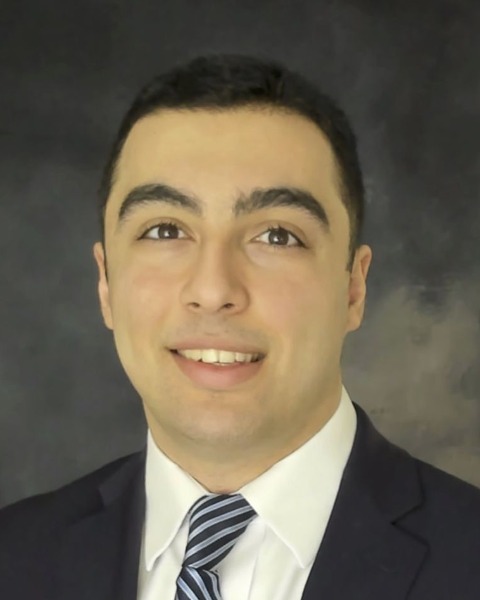Adolescent Medicine: General
Adolescent Medicine 1
448 - Navigating the Sex Talk and Confidentiality with Caregivers: Adolescent Sexual Minority and Gender Diverse Males’ Perspectives
Friday, April 28, 2023
5:15 PM - 7:15 PM ET
Poster Number: 448
Publication Number: 448.1
Publication Number: 448.1
Erza Gashi, The Brown University School of Public Health, Providence, RI, United States; Jack C. Rusley, The Warren Alpert Medical School of Brown University, Providence, RI, United States; Philip A. Chan, Brown University, providence, RI, United States; Jhanavi Kapadia, The Warren Alpert Medical School of Brown University, North Attleboro, MA, United States; Taylor Silverman, University of California, Irvine, Providence, RI, United States; Harrison Martin, Hasbro Children's Hospital at Rhode Island Hospital, Providence, RI, United States; Alexi Almonte, The Miriam Hospital, Providence, RI, United States

Darren Danaie (he/him/his)
Research Assistant
Alpert Medical School of Brown University, Hasbro Children's Hospital
Presenting Author(s)
Background: Adolescent sexual minority and/or gender diverse, assigned males (ASM/GDM) are an understudied group with a high incidence of sexually transmitted infections (STIs), including HIV. Sexual health communication (SHC) with caregivers (e.g., parents, trusted adults) that is open and inclusive (e.g., non-judgmental, inclusive of identities outside of heterosexual norms) has been shown to promote uptake of effective preventative approaches like pre-exposure prophylaxis for HIV (PrEP) and decrease adolescent STI/HIV risk. We explore the perspectives of ASM/GDM on confidential sexual health services and caregiver communication, with a focus on explanation of benefits forms (EOBs) sent to policyholders that can disclose sensitive health information.
Objective: Readers will be able to identify the impact of EOBs on SHC between caregivers and ASM/GDM.
Design/Methods: Individual in-depth interviews were conducted with N=9 English-proficient ASM/GDM, aged 14 to 17, in the United States via video conference or in-person using a semi-structured guide. SHC between ASM/GDM and caregivers was explored, including barriers associated with EOBs. Participants were asked to share their perspectives on EOBs, reactions to a hypothetical scenario (caregiver receives an EOB after their adolescent seeks confidential STI testing), and how they and their caregivers might react if the scenario happened to them. Content analysis of detailed debriefs was used to identify preliminary themes.
Results: Most participants identified as transgender girls or women (n=6), non-Hispanic (n=6), and White (n=5). Most were not aware of EOBs (n=6). Few experienced more open and inclusive SHC with their caregivers (n=2), while most experienced less (n=7). Of those who experienced less open and inclusive SHC, most were concerned that an EOB could prompt a conversation with their caregivers, and would likely discourage them from seeking sexual health services because of the risk of unknowingly disclosing sensitive health information to their caregivers. In contrast, participants who experienced more open and inclusive SHC with their caregivers did not consider EOBs a barrier to seeking sexual health services.
Conclusion(s): Participants who reported less open and inclusive SHC with their caregivers expressed significant concern over EOBs limiting access to sexual health services, whereas participants who experienced more open and inclusive SHC denied these concerns. Future research should focus on improving SHC between ASM/GDM and their caregivers, and addressing EOBs and confidentiality concerns.
